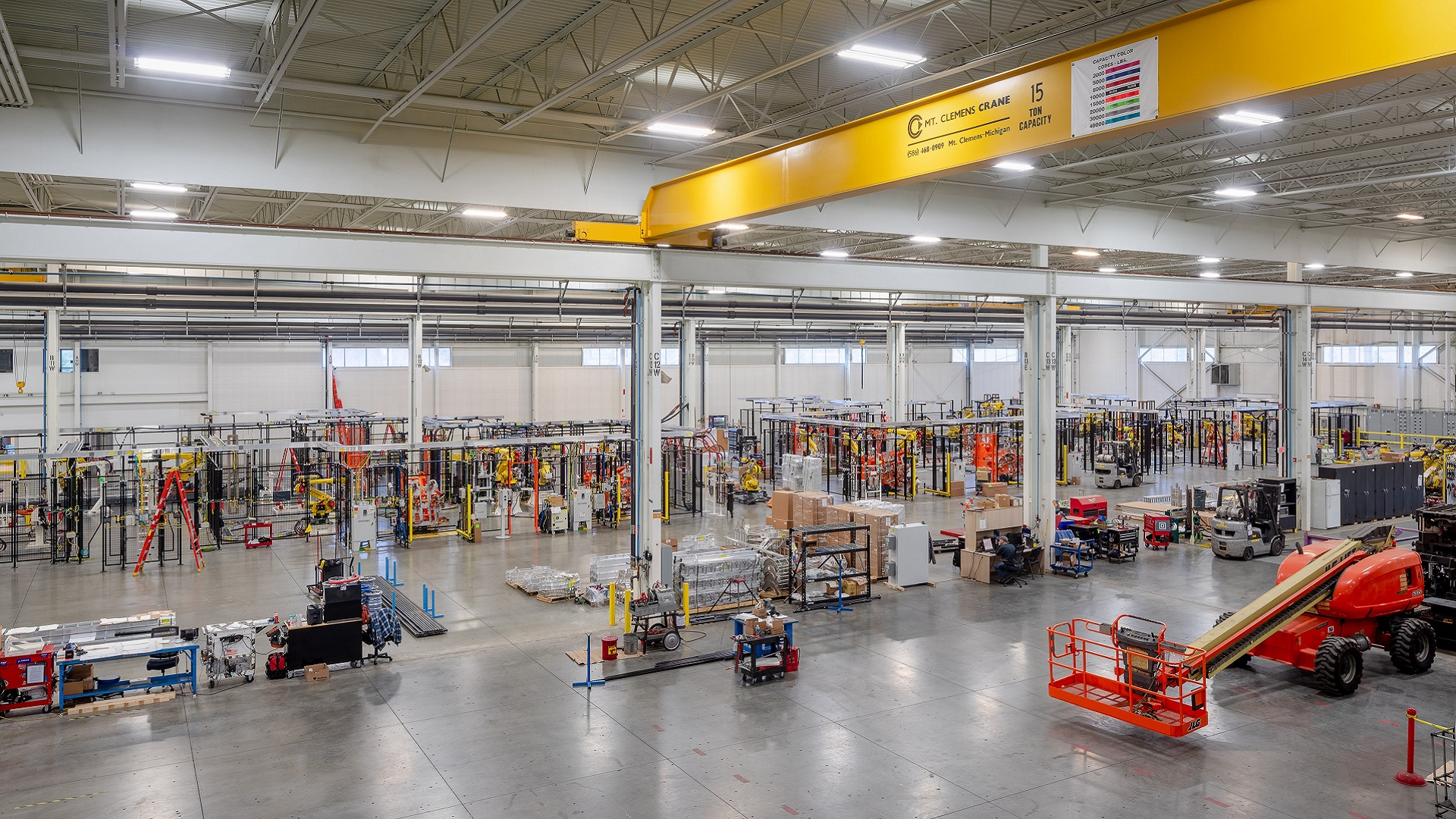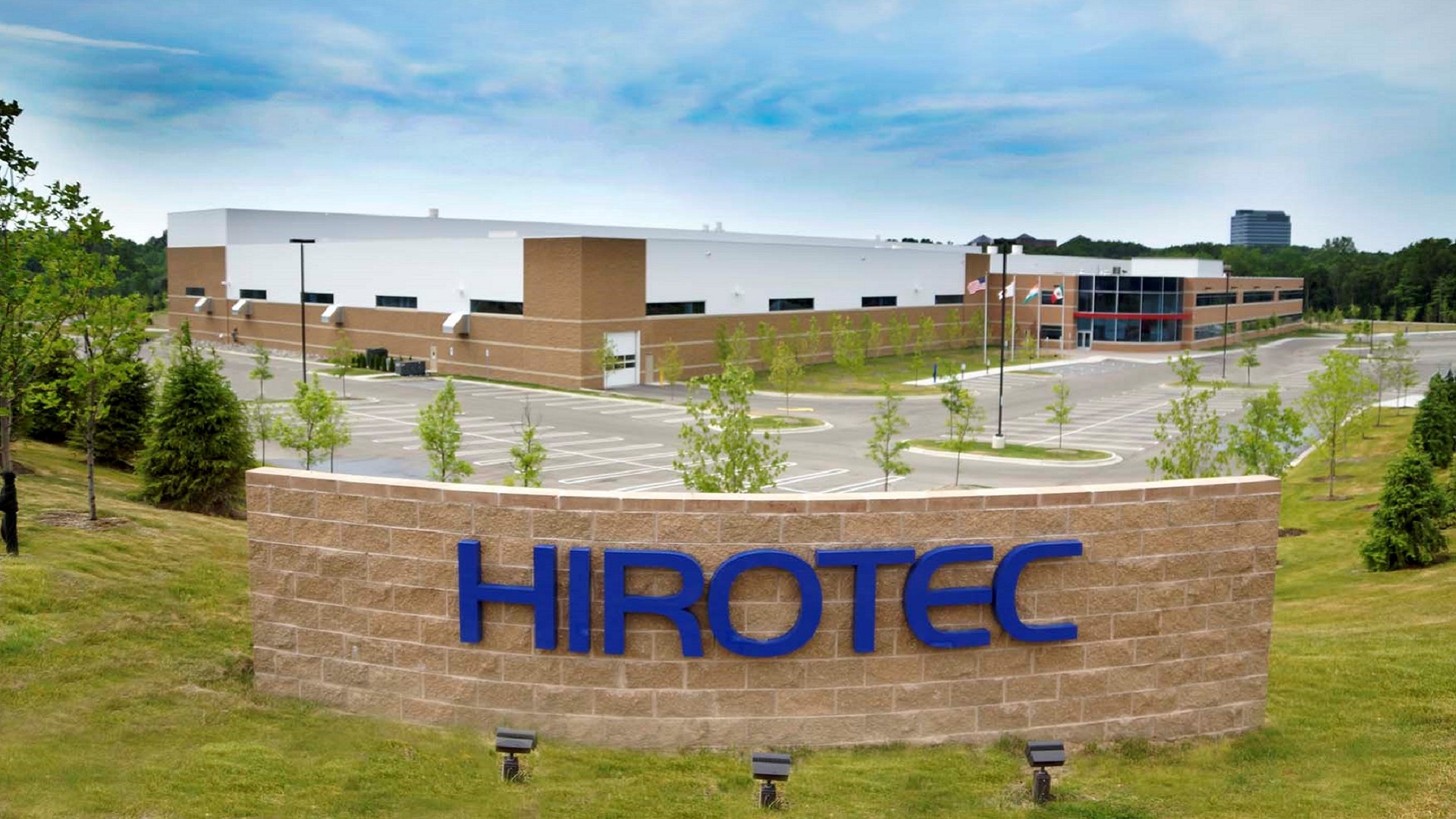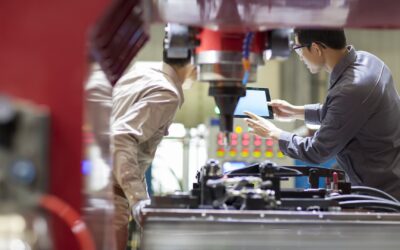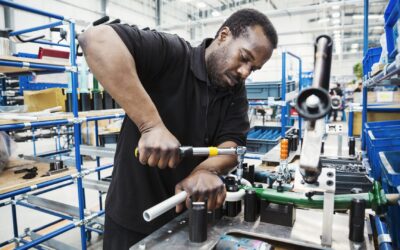It’s unsurprising that a company, which is 91 years old and originated in 1932, has established connections with customers spanning over 20, 30, 40, and even more than 50 years.
For HIROTEC, a Tier 1 automotive supplier and systems integrator that began working in the auto industry in the ’50s, long-term business relationships with key manufacturers is a strategy that vaulted it into a multinational company and industry leader.
“Some companies are structured for doing one-off jobs,” explained HIROTEC Senior Account Executive Doug Krause. “They do a job and often move on. That’s fine for them, but that’s not our approach. We’re looking for companies that offer long-term possibilities and the opportunity for mutually beneficial relationships. Our relationships are substantial.”
Developing those substantial relationships required focusing on quality products and services, keeping an eye on innovation, and implementing new technology and processes. After all, bringing in a new customer is one thing, but keeping them a satisfied customer for a generation or more is another task altogether.
To accomplish all this, HIROTEC remains true to its principles of Sincerity, Modesty and Progress.
The principles:
• Sincerity is to act in good faith in all things, be steadfast in all efforts, and never think or act in an irreverent manner. All things are built on the basis of trust. Sincerity is of the highest importance for creating and protecting that trust.
• Modesty is to listen with humility by hearing and respecting each other’s position; through this, harmony in and outside of the company can be achieved. We need to understand that all things are accomplished together through cooperation.
• Progress is to continuously pursue and incorporate new ideas and technologies without being content in just adhering to the current status quo, to strive to be generational leaders, and to see anything and everything through to the end.
The company also implements the Japanese philosophies of Kaizen and Kaikaku. These words the company uses in daily meetings and planning sessions have become key to its identity and culture.
Kaizen means to make continuous minor improvements.
“If it’s not broken, you can still improve upon it,” said Vice President of Business Development Gary Krus, explaining the first part of the company’s philosophy. “It’s taking small steps to make the system better.”
While Kaizen is a way to improve in small ways, Kaikaku is to leap forward in significant ways to make more efficient and cost-effective changes.
“These philosophies allow us to constantly strike a balance between evolutionary change (kaizen) and revolutionary change (kaikaku),” Krause added.
What HIROTEC does
As a Tier 1 supplier and systems integrator, HIROTEC provides a Full Vertical Approach, which is a fully integrated production system that supports customers from advanced development, continuing through subsequent phases of product development, value engineering, prototype, tool and die, quality iteration, production, and value analysis for closures.

Krus said closures are anything on a vehicle with a hinge.
“Doors, hoods and trunk-lids,” he explained. “As an integrator, we provide the tooling and all the products to make the parts.”
Here is a quick look at the products:
• Stamping die equipment that consistently produces high-quality, detailed panels with the best gap, flush/fit, and finish conditions contribute to improved vehicle styling.
• Assembly systems that are lean, flexible, and utilize the most cutting-edge technology available for closures include laser welding, laser brazing and aluminum welding.
• Hemming equipment: Press and die hemming, robotic roller hemming, tabletop hemming and robotic wheelhouse hemming.
• Autonomous Mobile Robots (AMR): Material movement, flexible path, customized applications and various payloads.
• Laser applications: Integrated systems, stand-alone cells, modular/portable, multiple metals
• Research and development: Lower costs, higher quality, technological advancements, efficient processes, lean tooling.
• World Class Services: 24-hour customer service, installation, integration, hem system support and maintenance. Robot programming, training, documentation.
HIROTEC also delivers more than 1.8 million exhaust systems worldwide per year. These systems provide better emissions, reduce noise, and create distinctive sounds.
Regarding customer service, Krus said the company’s mission is to offer quality, delivery, cost and safety.
“We have to provide the best quality,” he explained. “We have to provide it on time. We have to provide it at a cost that makes sense, and we have to keep safety in mind for our customers as well as our employees.”
Expansion and Recruitment
Since the 1950s, HIROTEC has stamped its imprint on the automotive industry, working with Mazda, GM, Ford, Stellantis, SAAB, Daimler, BMW, Kia and more. Three years ago, it began working with the largest retailer in the world, Amazon.
“We’ve pretty much always been automotive,” Krus said. “In 2020, we started a new division to go after non-traditional work. Shortly thereafter, we started delivering robotic sorting cells for Amazon’s fulfillment centers. We would build, test and ship dozens of cells each week.
“The ability to provide robots gives us the capability to help other companies that want to automate. We can do that. We know how to keep it running and make it better.”
Robotics is familiar to HIROTEC as it was one of the first companies to bring robots to the manufacturing floor, replacing old-fashioned tooling. Since 2010, it has integrated more than 1,000 robots a year on average.
In Japan, HIROTEC has a production line that runs entirely on robotics, and that “lights out” model will be coming to the United States.
“Staying on top of this technology is key to what we are doing,” Krause said. “If we don’t, someone will take our spot.”
HIROTEC has six facilities in the U.S., including its American headquarters in Auburn Hills, MI. Globally; it operates 33 facilities in 8 countries. The company employs over 6,000 people, with over 30% working for over 15 years.
“We retain people,” Krus said. “We have managers that started with us as painters 20 years ago and worked themselves into management.”
Krus recognizes how quickly the industry changes regarding new technology and systems, so recruiting new workers with fresh ideas is essential.
“We work with all levels of academia,” he said. “We have Interns from high school, trade schools and colleges. They come here, and we help them understand what they can do with their degrees.”
He added Automation Alley is a help in making connections.
“One thing Automation Alley does for us is to get us into the room with students,” Krus said. “They help us network so we can teach automation and mentor the students. Automation Alley promotes all the latest technology, and we work back and forth with them.”
A Bit of History
Tokuo Uno founded Uno Manufacturing Co., Ltd. in Hiroshima, Japan, in 1932. The company began making parts for furniture. Later, it started making parts for fire extinguishers.
After World War II, Uno returned to Hiroshima and resumed his manufacturing business with three employees.
In 1953, Uno Manufacturing moved into the automotive industry when it was contracted to build parts for Mazda.
“Early on when we were getting into automotive, Tokuo Uno quickly realized that producing class A surfaces (those on the outside of the car) represented the highest challenge for die manufacturers,” Krause said. “Further, doors (closures) were often the benchmark for a car’s perceived quality. The fit and finish, the feel, even the sound it made when it closed were all indicators. Mr. Uno decided that door production represented the highest level of manufacturing and that would be our focus.”
The company was renamed Hiroshima Press Kogyo Co., Ltd. and was established in Fuchu, Hiroshima, in 1958. A year later, it started production of stamping dies and press machines for in-house use. In 1975, the head office moved from Fuchu to Nukushina, Hiroshima.
The company struck up a deal with Saab in 1982 to provide automated assembly lines for doors and hoods.
In 1985, the Yumex Corporation was established to develop and produce exhaust systems as a partnership between Hiroshima Press Kogyo, Mazda and Calsonic Kansei Corp.
In 1987, Silla Engineering Co., Ltd. was created in Korea.
Tesco Engineering, Inc.(current day HIROTEC AMERICA, Inc.) was established. (U.S.A.) in 1988, a year before changing its name to HIROTEC Corporation, which then acquired majority ownership of Ueno Technica Co., Ltd. (Kiryu, Gunma)
From 1993 to now, HIROTEC opened several tooling, engineering, and design facilities throughout Australia, Asia, Europe and North America. Today, its sales top $1.6 billion annually while remaining connected to Tokuo Uno through his great-grandson and current president, Norifumi Uno.
“We are still a family-owned business,” Krus said. “Our principles began with Tokuo, and we still live by them today.”
For a more detailed look at HIROTEC’s products and services, visit www.hirotecamerica.com.
Sign up today for a free Essential Membership to Automation Alley to keep your finger on the pulse of digital transformation in Michigan and beyond.




